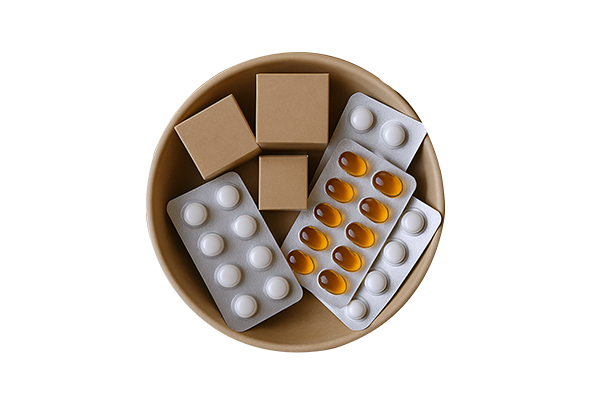Heartburn and gastroesophageal reflux disease (GERD) are among the most common digestive complaints worldwide, affecting millions of people and significantly impacting quality of life. Heartburn is characterized by a burning sensation in the chest, often after meals or at night, while GERD refers to the chronic condition where acid reflux occurs at least twice a week.
Understanding Heartburn and GERD
Heartburn results from stomach acid flowing backward into the esophagus due to a weakened or relaxed lower esophageal sphincter (LES). When this valve fails to close properly, acid escapes, irritating the esophageal lining and causing discomfort. GERD is diagnosed when symptoms persist, leading to potential complications such as esophagitis, strictures, or Barrett’s esophagus (a precursor to esophageal cancer).
Prevalence and Epidemiology
According to research, about 20% of adults in Western countries experience acid reflux at least once a week (El-Serag et al., 2014). More than 70% of people with GERD report that their symptoms are triggered by certain foods or eating habits (Nasseri-Moghaddam et al., 2008). The prevalence of GERD is even higher among older adults and those with risk factors such as obesity, smoking, and certain medications.
Common Triggers and Risk Factors
- Dietary factors: Spicy, fatty, or acidic foods, chocolate, caffeine, and alcohol.
- Lifestyle habits: Overeating, eating late at night, lying down after meals, and lack of physical activity.
- Other factors: Stress, certain medications (e.g., NSAIDs, calcium channel blockers), and pregnancy.
Complications and Long-Term Effects
Untreated or poorly managed GERD can lead to serious complications. Chronic acid exposure may cause:
- Esophagitis: Inflammation and damage to the esophageal lining.
- Strictures: Narrowing of the esophagus due to scar tissue.
- Barrett’s esophagus: A change in the lining of the esophagus that increases the risk of esophageal cancer (Vakil et al., 2006).
Management and Treatment
Management of heartburn and GERD typically involves lifestyle modifications and medications:
- Lifestyle changes: Weight loss, elevating the head of the bed, avoiding trigger foods, and not eating before bedtime.
- Medications: Antacids, H2 blockers, and proton pump inhibitors (PPIs) are commonly prescribed. While effective, long-term use of PPIs may be associated with side effects such as nutrient deficiencies and increased risk of infections (Heidelbaugh et al., 2010).
Scientific References
- El-Serag HB, Sweet S, Winchester CC, Dent J. (2014). Update on the epidemiology of gastro-oesophageal reflux disease: a systematic review. Gut, 63(6), 871-880.
- Nasseri-Moghaddam S, Mofid A, Ghotbi MH, Razjouyan H, Nouraie M, Abolghasemi H, Malekzadeh R. (2008). Overlap of gastroesophageal reflux disease and irritable bowel syndrome: prevalence and risk factors in the general population. Digestion, 78(2-3), 111-116.
- Vakil N, van Zanten SV, Kahrilas P, Dent J, Jones R. (2006). The Montreal definition and classification of gastroesophageal reflux disease: a global evidence-based consensus. Am J Gastroenterol, 101(8), 1900-1920.
- Heidelbaugh JJ, Kim AH, Chang R, Walker PC. (2010). Overutilization of proton pump inhibitors: what the clinician needs to know. Therap Adv Gastroenterol, 3(4), 219-226.
A Natural Solution: ACIFIX
For those seeking a natural alternative to traditional medications, ACIFIX offers a gentle, fast-acting option to relieve heartburn and acid reflux. Its blend of natural ingredients neutralizes stomach acid without the side effects associated with long-term pharmaceutical use. ACIFIX is an effective choice for anyone looking to support digestive comfort naturally.








